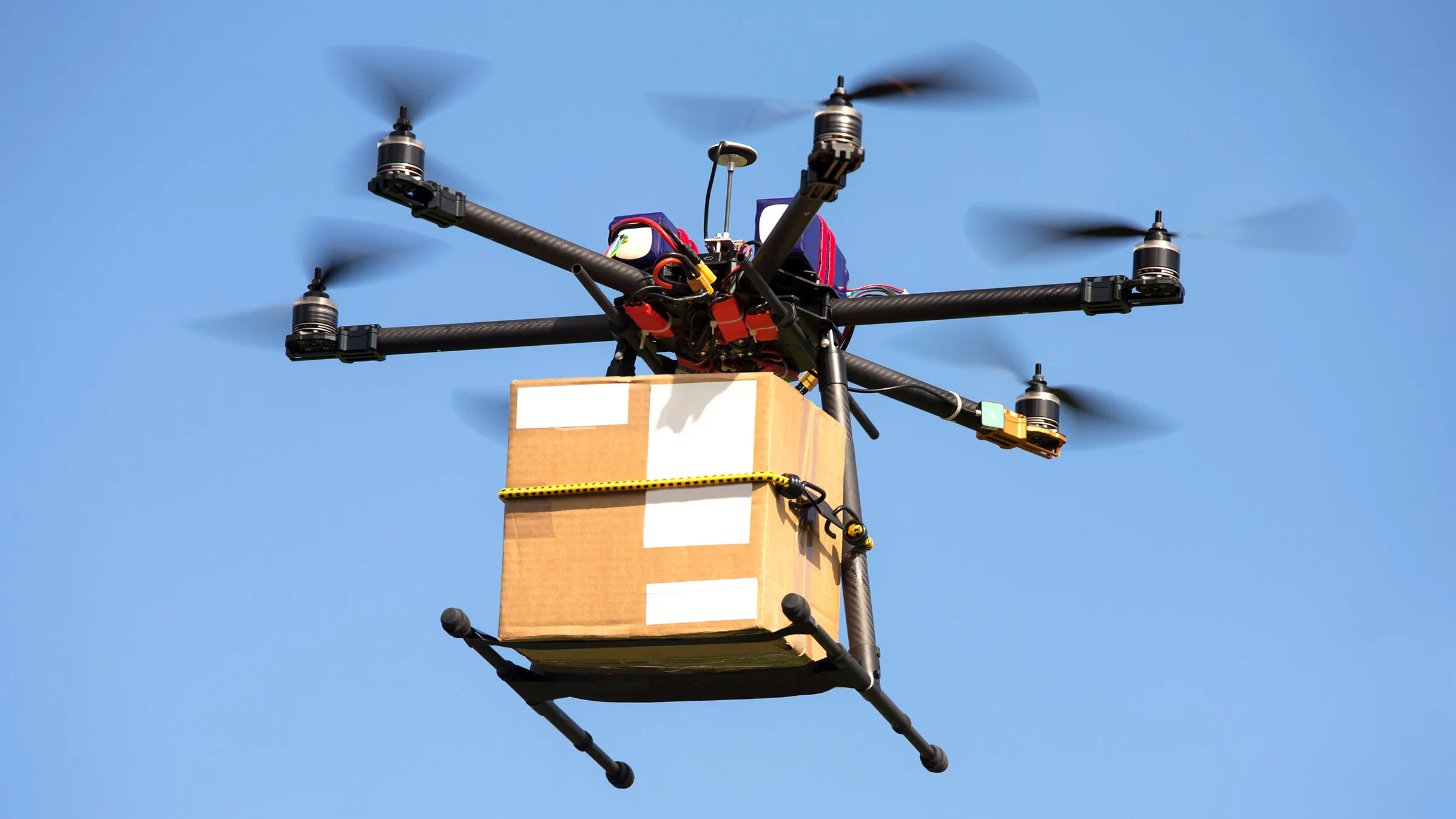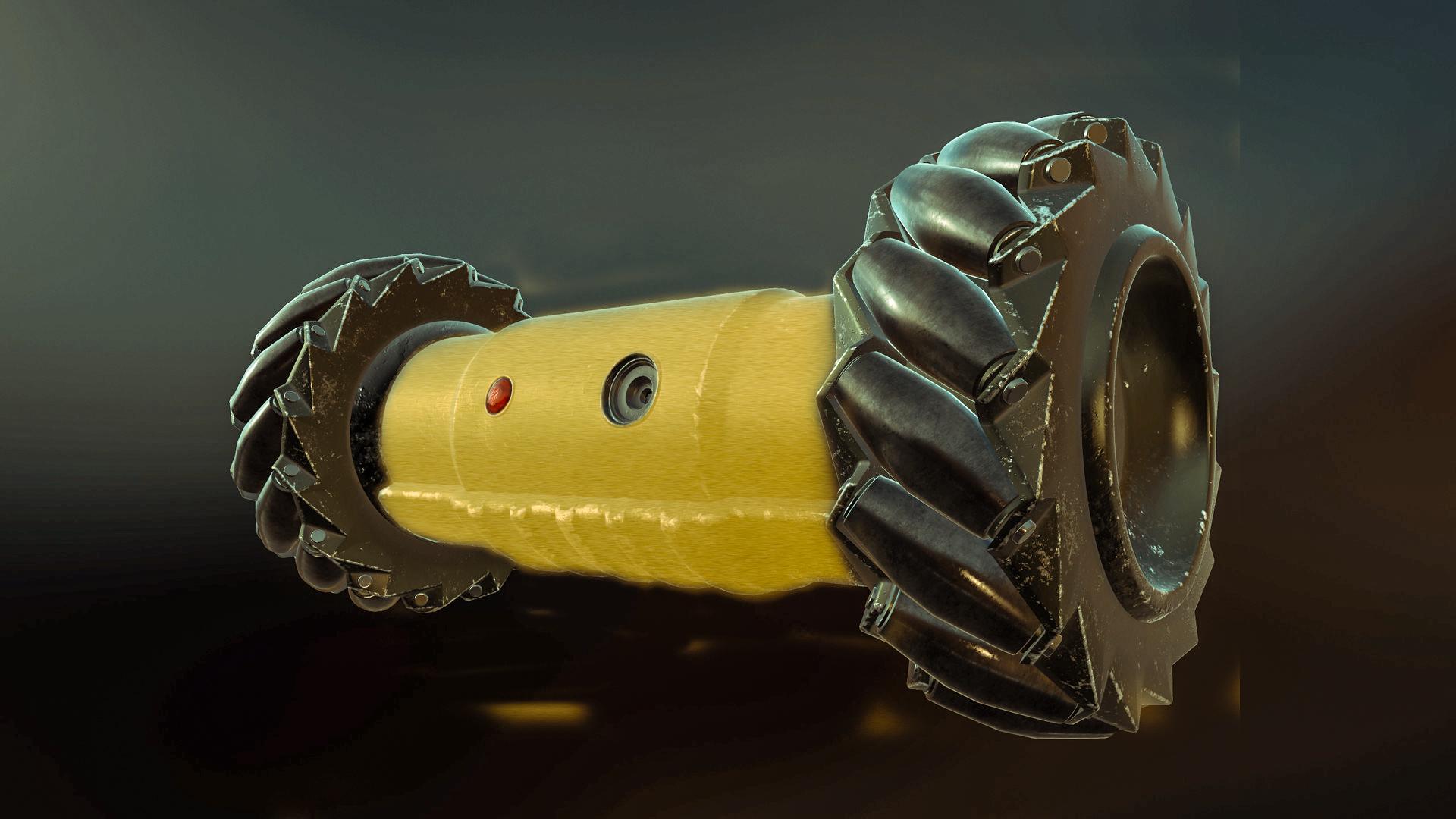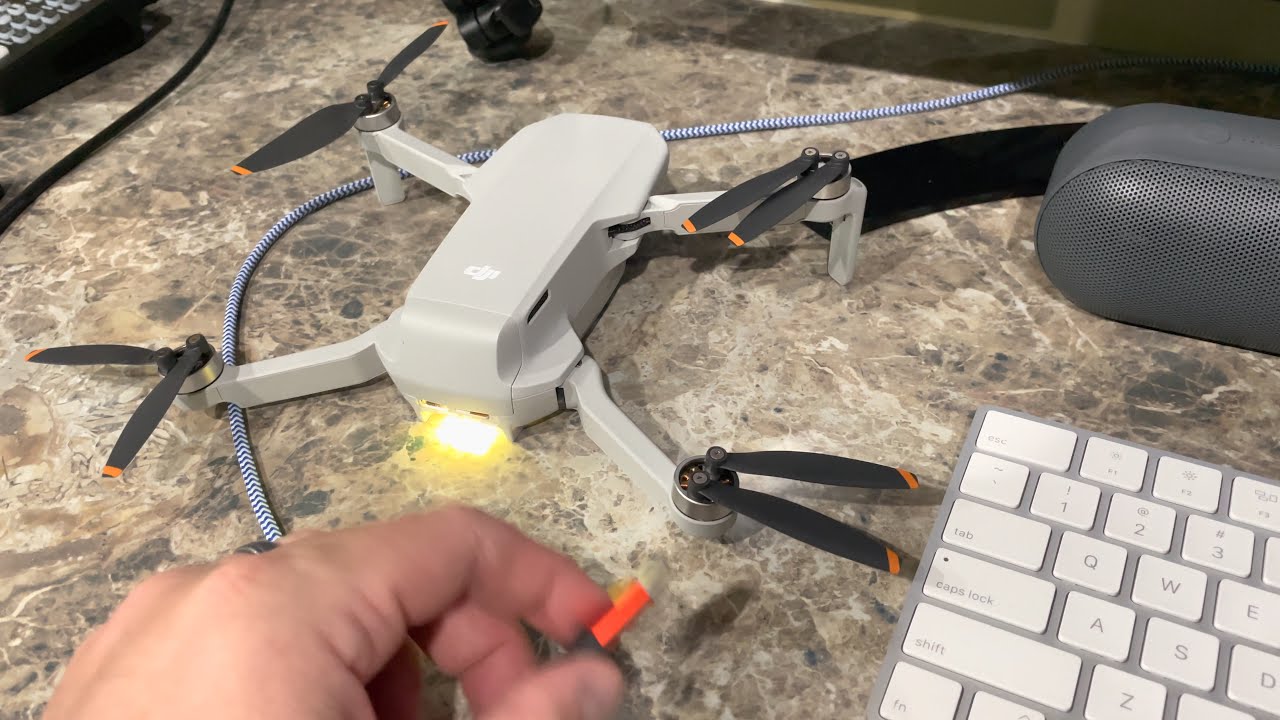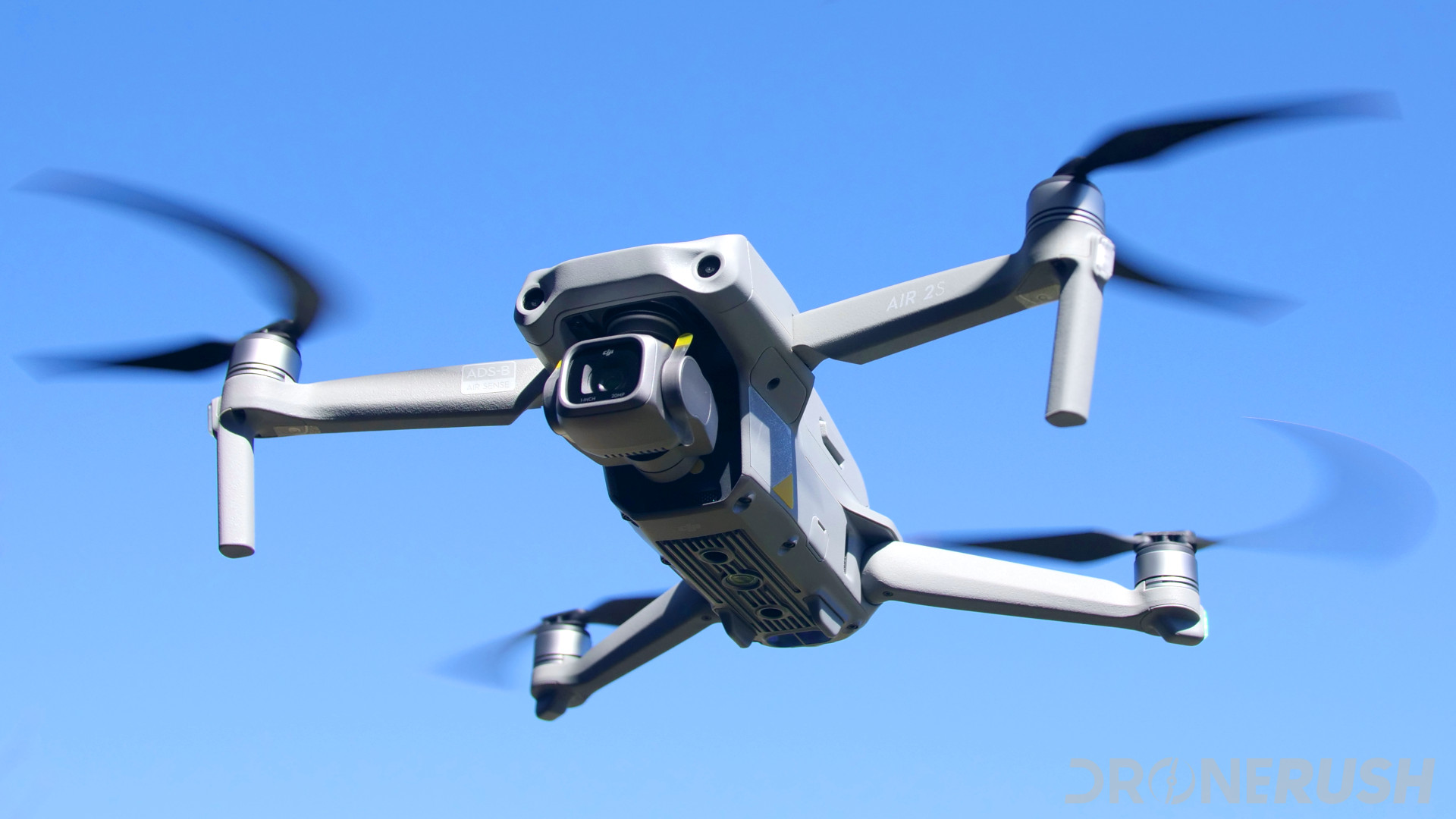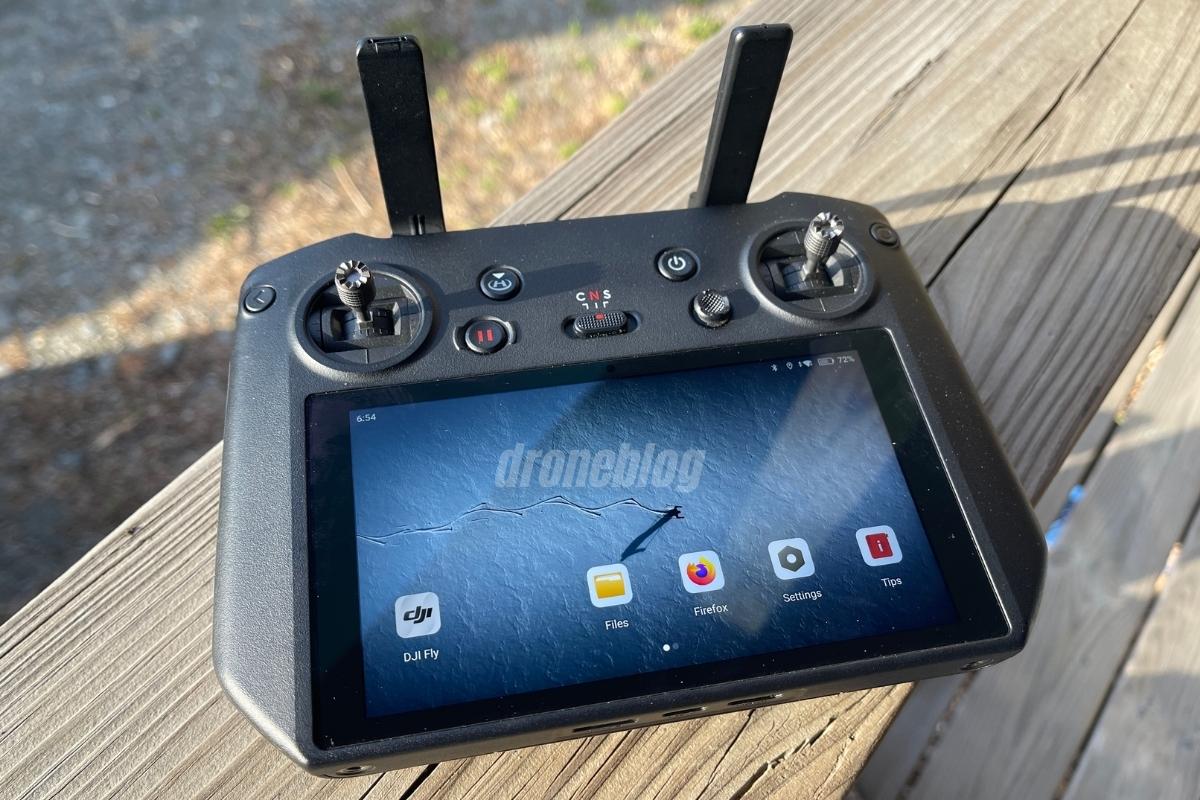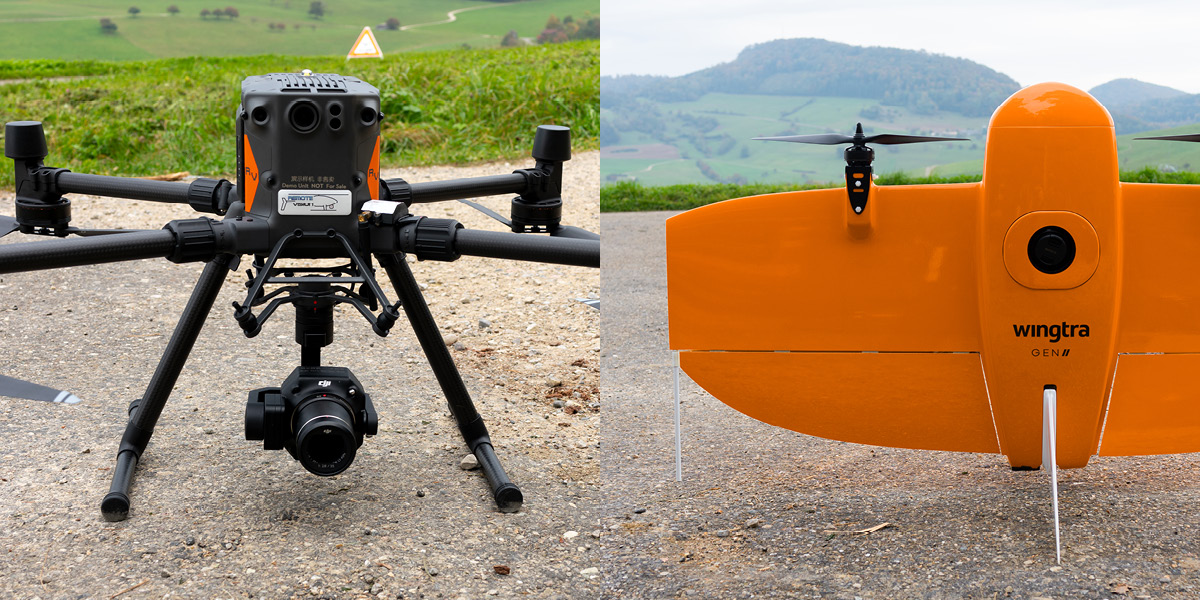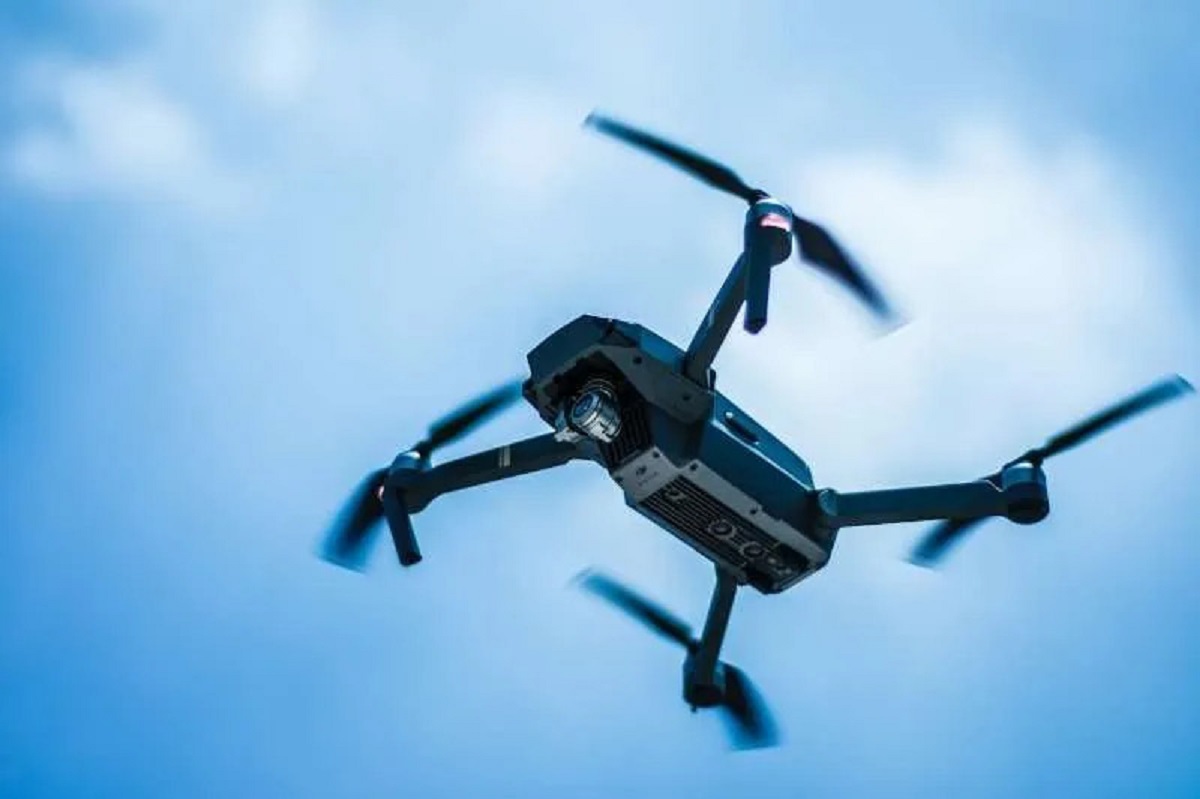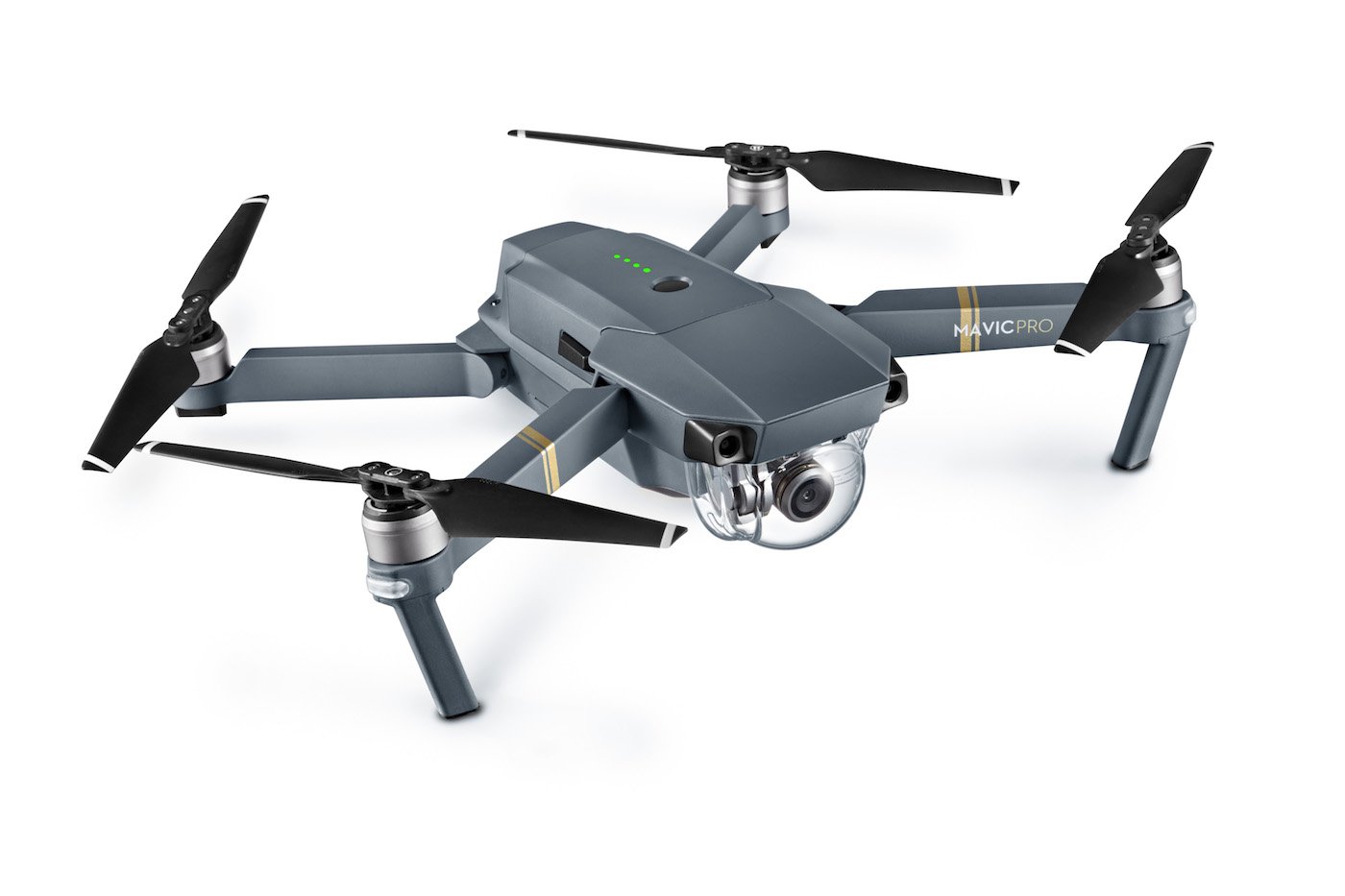What You’ll Need
To successfully drop something from a drone, you’ll need a few essential items:
- A Drone: Start by selecting a reliable drone that is capable of carrying and dropping payloads. Choose one with a sturdy build, ample flight time, and a payload release mechanism built-in or readily available as an accessory.
- A Payload: Next, determine what you want to drop from the drone. It could be anything from a lightweight object like confetti or a small parachute to a heavier payload like a rescue kit. Consider the weight and dimensions of the payload and ensure it is compatible with the drone’s carrying capacity.
- Secure Mounting Mechanism: You’ll need a secure and stable mounting mechanism to attach the payload to the drone. This can be a specially designed payload release system or a customized mounting solution that ensures the payload remains attached until it is time to drop.
- Tether or Release Mechanism: Depending on the nature of the payload, you may need a tether or release mechanism to control the descent. Some payloads may require a controlled descent, while others may be dropped freely. Ensure you have the appropriate mechanism to achieve the desired result.
- Extra Batteries: Dropping payloads may consume more drone battery power than regular flights. To avoid unexpected power loss, it’s always a good idea to have extra batteries on hand. This will allow you to continue dropping payloads without interruption.
- Open Space or Authorized Area: Lastly, make sure you have access to an open space or an authorized area where you can safely fly your drone. Be aware of any local regulations or restrictions concerning drone use, and always prioritize safety for yourself and others.
Once you have gathered all the necessary equipment, you’re ready to proceed with the steps involved in successfully dropping something from a drone.
Step 1: Choose Your Drone
Choosing the right drone for dropping payloads is crucial to ensure a successful and safe operation. Here are some factors to consider when selecting your drone:
1. Carrying Capacity: Assess the drone’s carrying capacity to determine if it can handle the weight of the intended payload. Consider the drone’s payload capacity specifications provided by the manufacturer, ensuring it is sufficient for your purpose.
2. Flight Time: Longer flight time is advantageous when dropping payloads from a drone. Look for a drone with a decent battery life to ensure you have enough time in the air to complete your dropping tasks without needing frequent battery changes.
3. Stability and Control: Stability is crucial when dropping payloads from a drone to maintain accuracy and precision. Look for a drone with features such as altitude hold, GPS stabilization, and smooth maneuverability to ensure the payload is dropped in the intended location.
4. Payload Release Mechanism: Some drones come with built-in payload release mechanisms, while others may require additional accessories or modifications. Choose a drone that offers a reliable and easy-to-use payload release mechanism, or ensure that compatible accessories are available.
5. Durability: Dropping payloads may increase the risk of accidents, so it’s important to choose a drone with a sturdy build that can withstand the impact of dropping objects without compromising its stability or flight performance.
6. Camera and FPV: Having a camera and first-person view (FPV) capabilities can be beneficial when dropping payloads. It allows you to accurately assess the drop location and make any necessary adjustments in real-time for better precision.
By considering these factors, you’ll be able to choose a drone that is well-suited for dropping payloads. Remember to refer to the manufacturer’s specifications and user reviews to make an informed decision.
Step 2: Select the Payload
Choosing the right payload is crucial for a successful drone drop. Consider the following factors when selecting your payload:
1. Weight and Size: The weight and size of the payload are important considerations. Ensure that the drone you have chosen can safely carry the payload without affecting its stability or flight performance. The payload should also be small enough to securely attach to the drone’s mounting mechanism.
2. Desired Effect: Determine the purpose and desired effect of the drop. Are you dropping something for fun, capturing a unique aerial photo or video, or delivering a useful item? This will dictate the type of payload you choose, whether it’s confetti, a smoke canister, a small camera, or a rescue kit.
3. Safety Considerations: Always prioritize safety when selecting a payload. Ensure that it is safe to drop from a height and won’t cause harm or damage upon impact. For example, avoid dropping heavy or sharp objects that could pose a risk to people or property.
4. Environmental Impact: Consider the environmental impact of the payload. Avoid dropping substances that could be harmful or pollute the surroundings. Choose eco-friendly materials whenever possible.
5. Controllability: Depending on your objective, consider if you need to control the descent of the payload. If precision is required, select a payload that offers some level of control, such as a mini-parachute or a device with adjustable descent speed.
6. Experimentation: Don’t be afraid to experiment with different payloads. Test various items and materials to see how they perform during a drone drop. This can lead to exciting and creative opportunities to showcase unique perspectives or deliver objects safely and efficiently.
Remember to stay within the legal boundaries and follow any regulations or restrictions regarding the type of payload you can drop from your drone. By carefully considering these factors, you can select a payload that is suitable for your specific drone drop mission.
Step 3: Secure the Payload
Once you have chosen the appropriate payload, it’s time to securely attach it to the drone. Follow these steps to ensure the payload remains stable and safe during flight:
1. Mounting Mechanism: Depending on your drone model, use the designated mounting mechanism or attachment points to secure the payload. This could be a specially designed payload release system or a custom setup using straps, clamps, or adhesive materials. Ensure that the attachment is firm and stable to prevent the payload from detaching prematurely.
2. Balance the Load: Consider the weight distribution of the payload to maintain a balanced flight. If necessary, adjust the positioning of the payload or add counterweights to maintain stability and avoid any adverse effects on the drone’s performance.
3. Test the Attachment: Before launching the drone, perform a thorough test of the attachment to ensure the payload is secure. Gently tug on the payload to verify that it is firmly connected and won’t dislodge during flight. It’s better to catch any issues before taking off.
4. Minimize Interference: Make sure that the payload does not obstruct any vital drone components, such as propellers, sensors, or the camera. Avoid covering any ventilation or cooling areas to prevent overheating of the drone’s internal components. Maintain a clear line of sight for any onboard cameras or sensors.
5. Consider Safety Features: If your drone has safety features like obstacle detection or emergency landing, ensure that the payload doesn’t interfere with their functionality. Be aware that adding a payload may affect the drone’s responsiveness, so always conduct a test flight under controlled conditions to evaluate its performance.
6. Double Check Everything: Before taking flight, perform a final inspection of the payload attachment. Ensure that all connections are secure and that there are no loose parts or potential hazards. Taking these precautions will minimize the risk of accidents and ensure a successful payload drop.
By securely fastening the payload to your drone and performing proper checks, you can confidently proceed to the next steps of your drone drop mission.
Step 4: Test the Release Mechanism
Before proceeding with the actual payload drop, it is essential to thoroughly test the release mechanism to ensure its reliability and functionality. Follow these steps to test the release mechanism effectively:
1. Ground Test: Start by performing a ground test of the release mechanism. Activate the release mechanism as you would during an actual drop while keeping the drone grounded. Observe if the mechanism operates smoothly and if the payload detaches as intended. This test allows you to identify any issues with the release mechanism before taking the drone into the air.
2. Check for Consistency: Test the release mechanism multiple times to ensure consistency. Verify that the payload consistently detaches from the same location and at the desired moment. Consistency is crucial to ensure accurate and precise drop operations.
3. Evaluate the Drop Distance: Determine the ideal drop distance by testing the release mechanism at various heights. Start with a lower height and gradually increase it, taking note of how the payload falls. This will help you understand the trajectory and adjust the drop height to achieve the desired effect.
4. Assess Timing: Timing is crucial in certain scenarios, such as dropping an object at a specific location or capturing a precise moment during an aerial photo or video shoot. Test the release mechanism’s timing to ensure that it aligns with your requirements. Make any necessary adjustments to achieve the desired result.
5. Evaluate Safety Measures: Consider any safety measures associated with the release mechanism. For example, if using a tethered release mechanism, ensure that the tether is long enough to prevent any risk of entanglement with the drone or propellers. Evaluate the safety features and functionalities to ensure a safe drop operation.
6. Test in Different Conditions: Conduct the release mechanism test in various weather conditions and environments to account for different factors that may affect the release performance. Assess how variables such as wind speed, temperature, and altitude impact the release mechanism’s effectiveness.
By thoroughly testing the release mechanism, you can identify and address any issues before performing the actual payload drop. This step is essential to ensure a successful and controlled release of the payload during your drone operations.
Step 5: Fly and Drop
Now that you have completed all the necessary preparations, it’s time to take your drone into the air and execute the payload drop. Follow these steps to fly and drop your payload successfully:
1. Find a Suitable Location: Choose a location that allows for safe and unrestricted drone flights. Ensure there are no obstacles or hazards in the area that could interfere with the drop operation. Consider factors such as airspace regulations, weather conditions, and the presence of people or property.
2. Pre-Flight Check: Before taking off, perform a comprehensive pre-flight check. Ensure that the drone’s battery is adequately charged, the propellers are in good condition, and the payload attachment is secure. Verify that all flight controls, GPS connectivity, and camera functions are working correctly.
3. Fly the Drone: Take off and fly the drone to the desired location for the payload drop. Maintain a smooth and controlled flight to ensure stability and accuracy during the drop. Be mindful of the drone’s surroundings and avoid any potential hazards or restricted areas.
4. Activate the Release Mechanism: Once in position, activate the release mechanism according to your predetermined plan. Follow the steps tested in the previous section to ensure a smooth and consistent release. Monitor the payload’s detachment and trajectory to ensure it performs as expected.
5. Monitor the Descent: Keep a close eye on the payload’s descent to ensure it lands safely and as intended. If necessary, make adjustments to the drone’s altitude or position to align the drop with the desired target. If using a controlled descent mechanism, adjust the descent speed to achieve the desired effect.
6. Fly the Drone Back: After completing the payload drop, fly the drone back to a safe landing location. Maintain control and stability throughout the flight to avoid any accidents or mishaps. Once landed, ensure that the payload release mechanism is reset and ready for future use if desired.
Remember to exercise caution and follow all relevant regulations and guidelines when flying and dropping payloads from your drone. Safety should always be a top priority, both for yourself and others in the vicinity. By following these steps, you can execute a successful drone flight and drop with precision and control.
Step 6: Practice and Experiment
Once you have mastered the basic techniques of dropping payloads from a drone, it’s time to take your skills to the next level through practice and experimentation. Follow these steps to enhance your drone drop capabilities:
1. Refine Your Techniques: Continuously refine your techniques by practicing dropping payloads in various scenarios. Experiment with different release mechanisms, drop heights, and angles to improve your precision and accuracy. This will help you understand how different factors affect the drop outcome and enable you to make necessary adjustments.
2. Test Different Payloads: Expand your options by testing and experimenting with different types of payloads. Try dropping various objects, materials, or even specialized payloads designed for specific purposes. This will allow you to explore creative possibilities and discover new applications for drone drops.
3. Explore Aerial Photography and Videography: Combine the art of photography or videography with payload drops to capture unique aerial shots. Experiment with different cameras, lenses, and filming techniques to create stunning visuals from a bird’s-eye view. This will add an exciting and innovative dimension to your drone drops.
4. Collaborate and Share: Connect with other drone enthusiasts and professionals to exchange ideas and experiences. Collaborate on projects or participate in drone drop challenges or competitions to push your skills further. Sharing knowledge and learning from others can inspire new techniques and foster growth in this field.
5. Consider Safety and Legal Requirements: As you experiment and practice, always prioritize safety and adhere to legal requirements. Familiarize yourself with local rules and regulations regarding drone flights and payload drops. Ensure that you operate within designated areas and take necessary precautions to prevent harm to others or property.
6. Document and Analyze: Keep a record of your practice sessions and experiments. Document the payload types, drop techniques, and the outcomes of each attempt. Analyze your results to identify patterns, successes, and areas for improvement. This data-driven approach will help you refine your skills and make informed decisions during future drone drop missions.
Remember, mastering drone dropping techniques is an ongoing process. Through consistent practice and exploration, you can develop a repertoire of skills and techniques that will elevate your drone drops to new heights.
Conclusion
Dropping payloads from a drone opens up a world of exciting possibilities, whether for recreational purposes, photography and videography, or even practical applications like search and rescue. By following the steps outlined in this guide, you can perform successful and controlled payload drops with your drone.
Start by choosing a suitable drone that meets your carrying capacity and flight time requirements. Select a payload that aligns with your objectives, considering factors like weight, size, and environmental impact. Secure the payload properly to ensure it remains stable during flight.
Thoroughly test the release mechanism to guarantee its reliability and timing. It’s crucial to conduct ground tests and evaluate consistency and drop distance. Once you’re confident in the release mechanism’s functionality, take your drone to the skies and execute the payload drop with precision and control.
Continuously practice and experiment to further refine your skills. Test different payloads, explore aerial photography and videography opportunities, collaborate with others, and always prioritize safety and legal requirements. Document your progress and analyze the outcomes to improve your techniques and decision-making.
Remember, drone drops come with responsibilities. Always be mindful of local regulations, potential safety hazards, and environmental impact. Respect the privacy of others and maintain a safe operating distance from people or property.
Now, armed with the knowledge and techniques provided in this guide, it’s time to harness the full potential of your drone and elevate your aerial operations to new heights with exciting and controlled payload drops.







